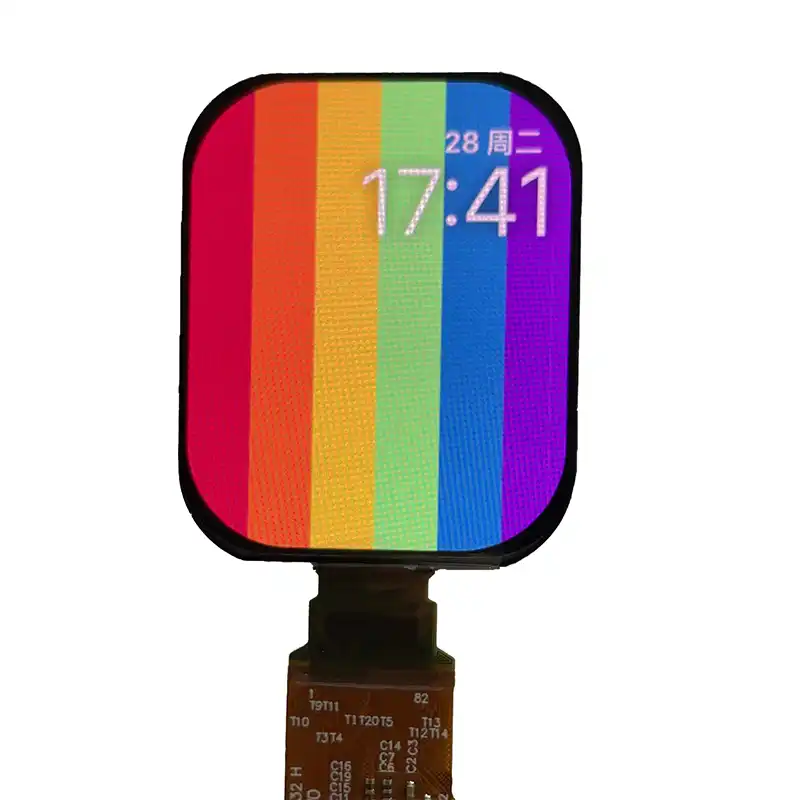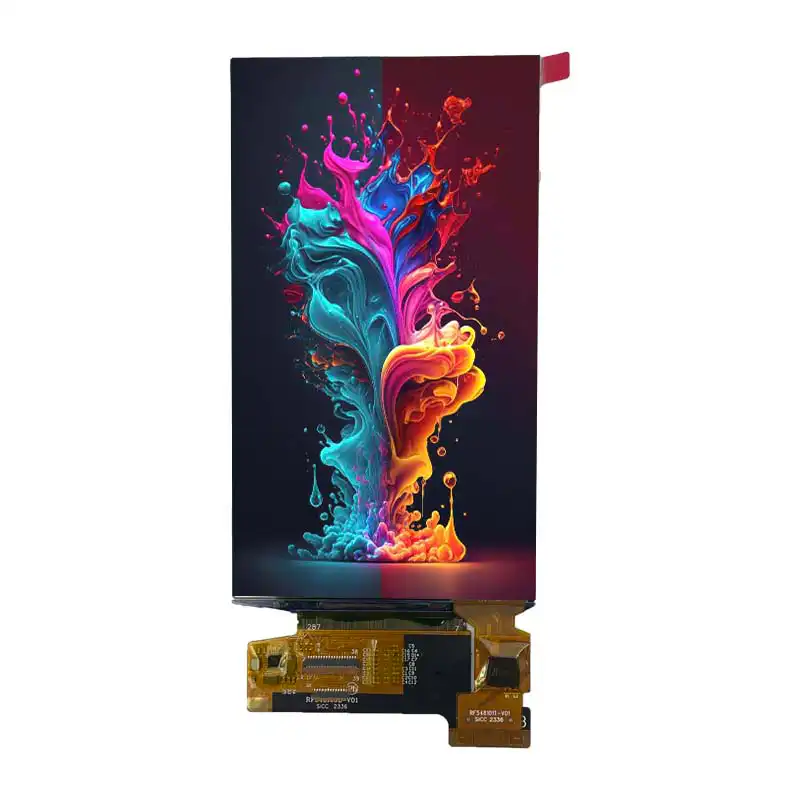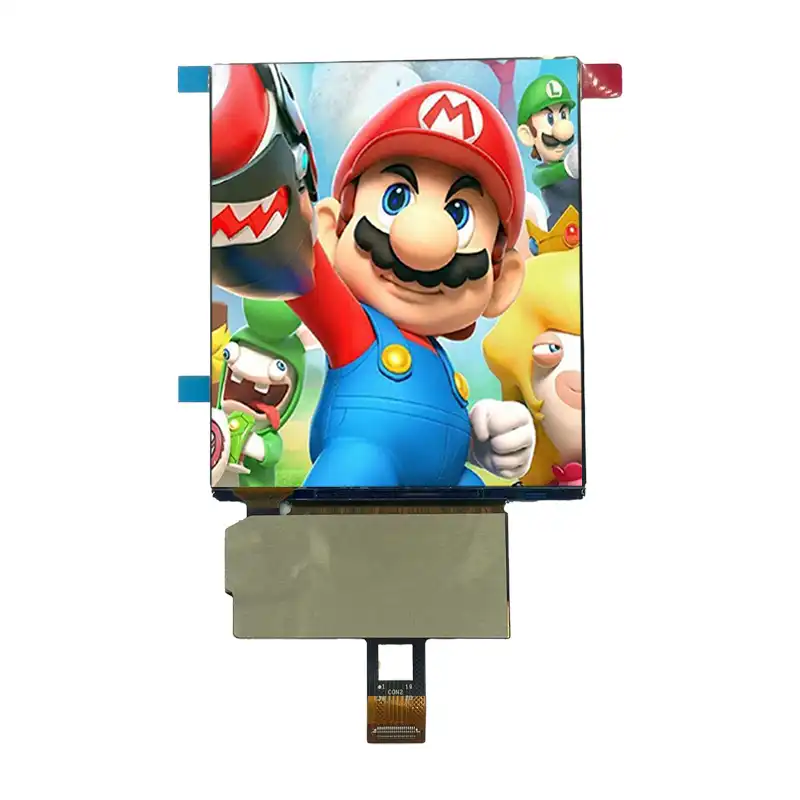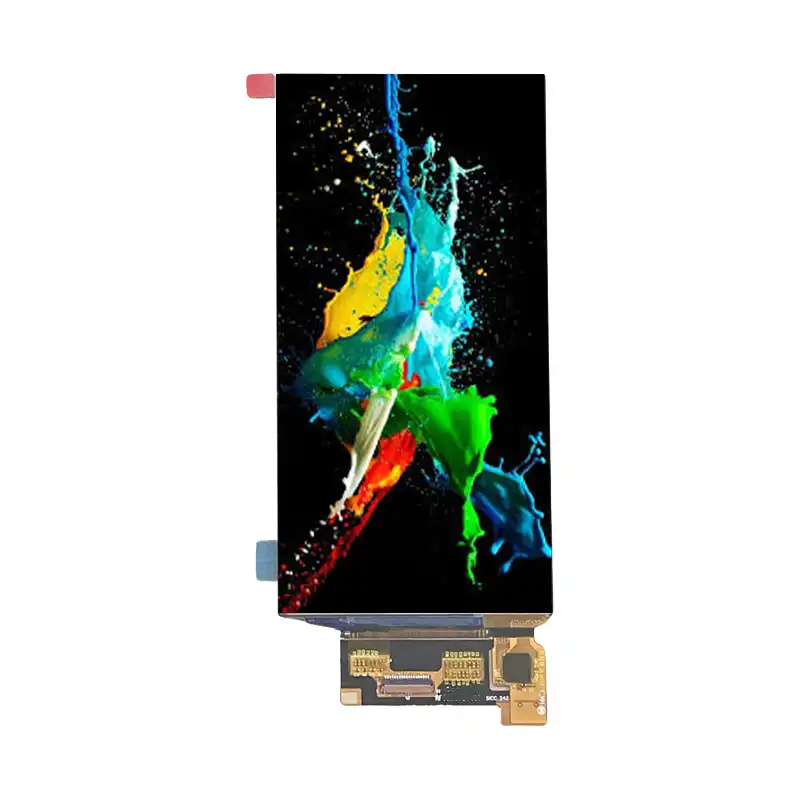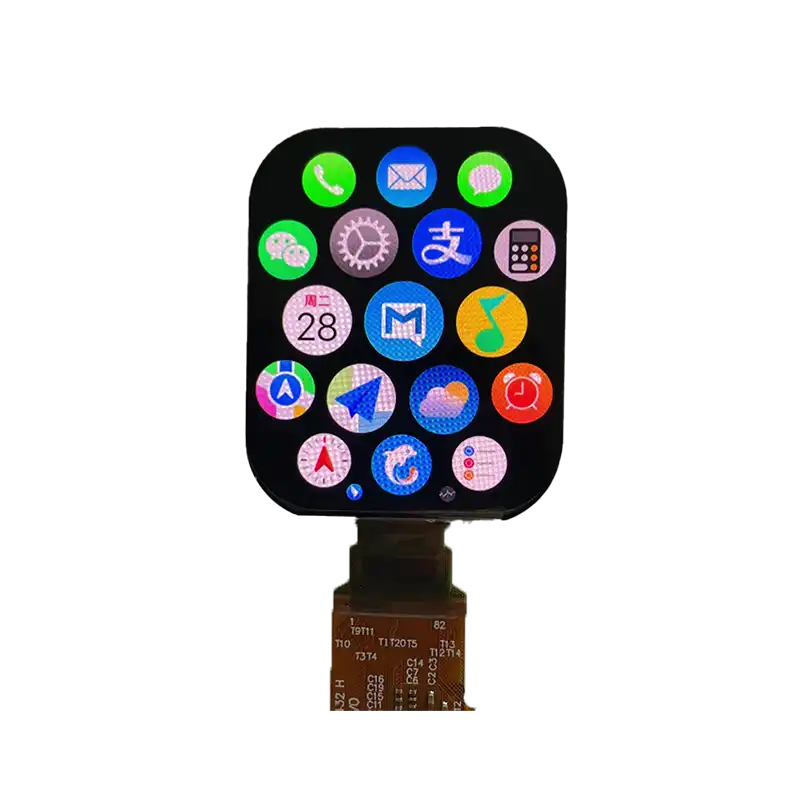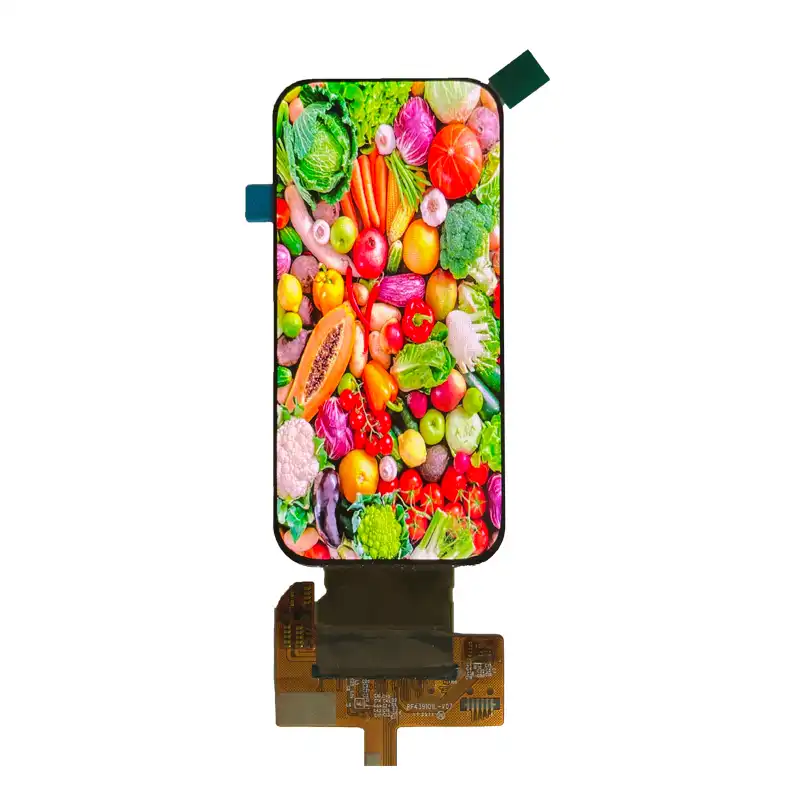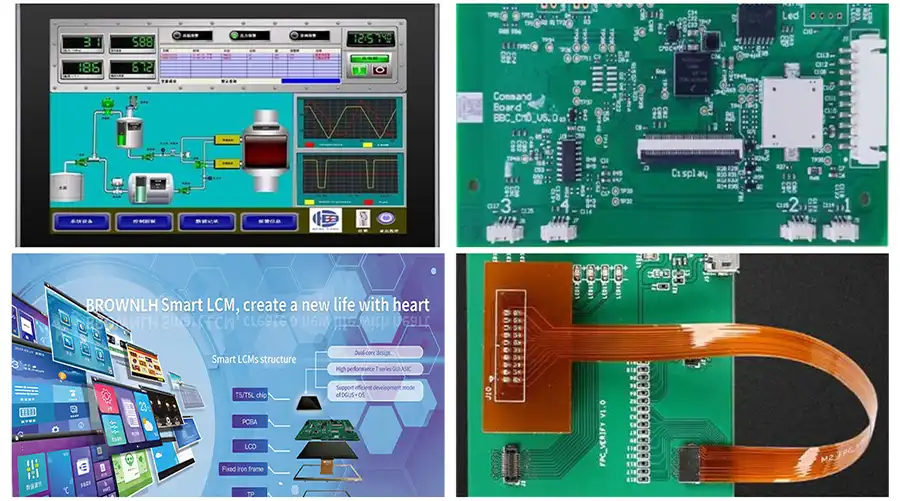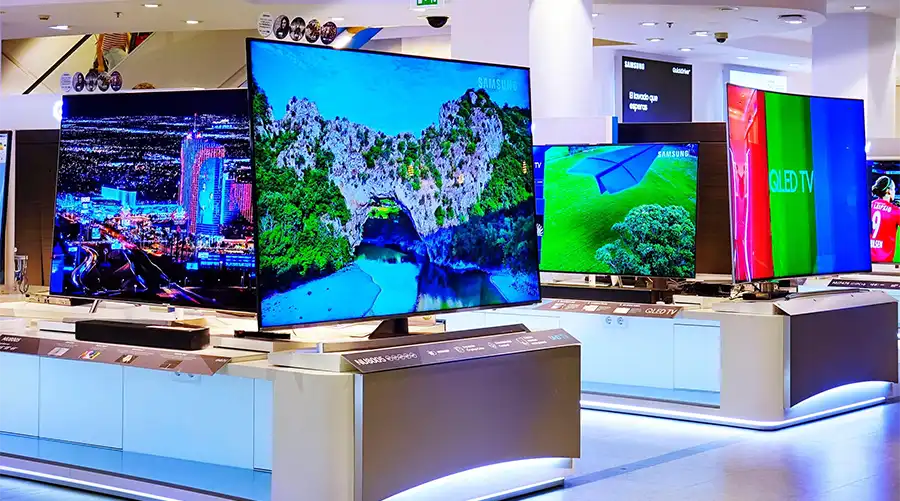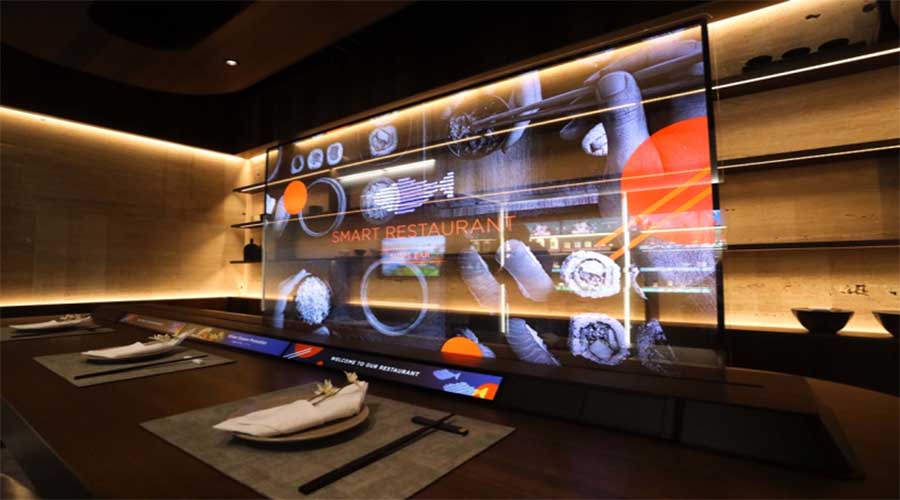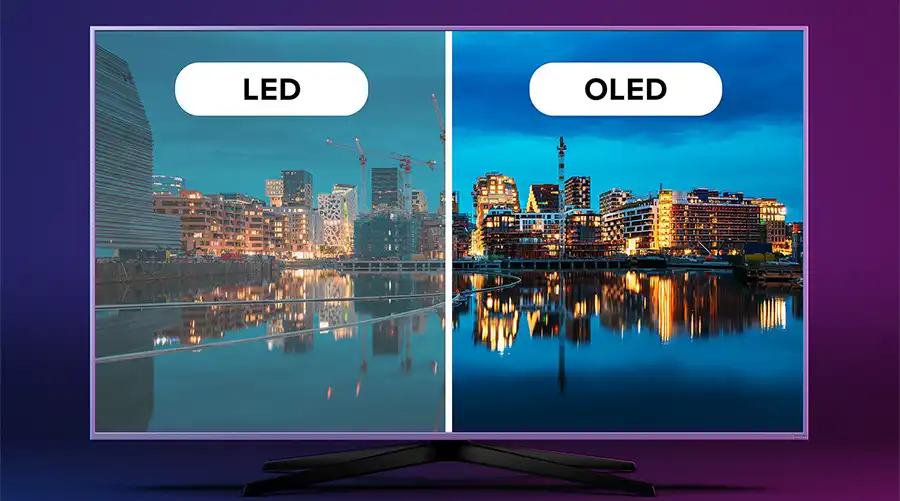Table of Contents
OLED vs LCD – A Comprehensive Comparison of Display Technologies
OLED and LCD are two of the most widely used display technologies in today’s consumer electronics. Understanding the differences between OLED display and LCD can help users make informed decisions when choosing screens for smartphones, TVs, monitors, and more.
In this section, we’ll explore how OLED screen technology compares to traditional LCD displays in terms of brightness, contrast, power consumption, and overall image quality.
The OLED vs LCD debate is not just about technical specifications but also about real-world performance and user experience.

Understanding the Differences Between OLED Display and LCD
OLED display technology uses organic compounds that emit light when an electric current is applied. This allows for true blacks and superior contrast ratios. LCDs, on the other hand, require a backlight, which limits their ability to produce deep blacks.
Why OLED Screen Technology Outperforms LCD in Modern Devices
With the rise of curved screens and flexible displays, OLED screen has become the preferred choice for high-end smartphones and wearable devices. Its ability to be thin, lightweight, and energy-efficient makes it ideal for modern applications.
The Market Trends of OLED vs LCD in the Consumer Electronics Industry
As demand for better visual experiences grows, more manufacturers are shifting from LCD to OLED display solutions. This section will cover the latest market trends and predictions for both technologies.
High-Quality OLED Displays – What Sets Them Apart?
When it comes to visual performance, not all OLED displays are created equal. The term high quality OLED displays refers to screens that offer excellent brightness, color accuracy, and durability.
In this section, we’ll discuss what makes certain OLED display manufacturer brands stand out and how to identify top-tier OLED panels for your needs.
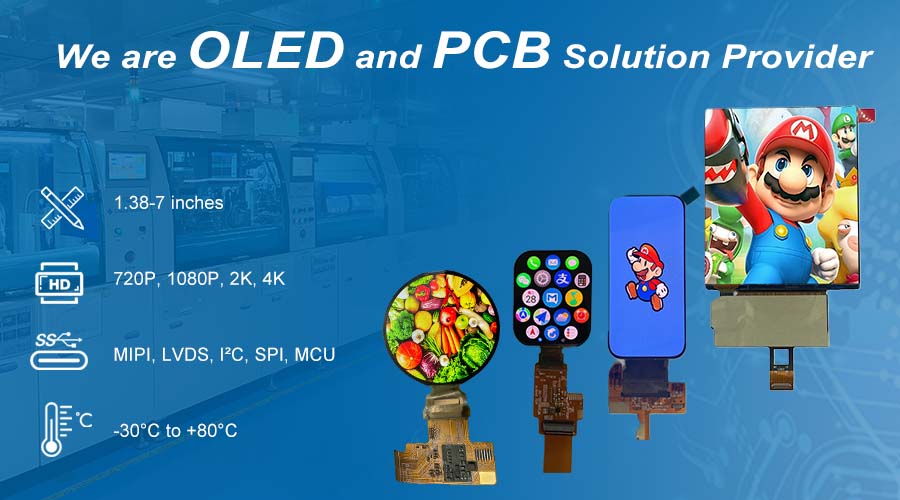
How High Quality OLED Displays Enhance Visual Experience and Performance
High-quality OLED displays deliver superior color reproduction and faster response times, making them ideal for gaming, video editing, and immersive media consumption.
Choosing the Right OLED Display Manufacturer for Your Business Needs
Whether you're sourcing displays for a product or evaluating suppliers, selecting the right OLED display manufacturer is crucial. We’ll explore what to look for in a reliable manufacturer.
Comparing Production Standards Among Top OLED Display Manufacturer Brands
From LG to Samsung, different OLED display manufacturer companies have unique production methods and quality control processes. This section compares the best in the industry.
OLED Technology – Innovations and Real-World Applications
At the core of every OLED display is a breakthrough in material science and electronics. OLED technology enables thinner, lighter, and more flexible displays than ever before.
This section dives into the science behind OLED technology and how it’s being applied in cutting-edge devices.
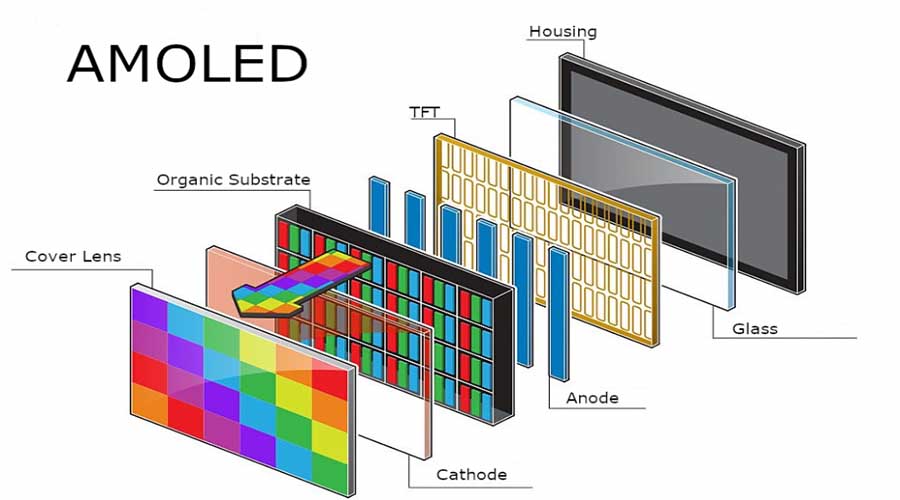
The Science Behind OLED Technology and Its Evolution Over the Years
OLED technology has evolved significantly since its inception. From early prototypes to today’s ultra-thin and foldable screens, we’ll explore the key milestones in its development.
How Custom OLED Screens Are Revolutionizing Industries Like Healthcare and Automotive
Custom OLED screens are now being used in medical devices, dashboards, and wearable tech. This section highlights how OLED is enabling innovation in various industries.
Future Developments in OLED Technology for Flexible and Transparent Displays
What’s next for OLED technology? Transparent displays, rollable screens, and even smart windows are on the horizon. Learn how OLED is shaping the future of visual interfaces.
Understanding the Design and Manufacturing of OLED Screens
Creating an OLED screen involves complex engineering and precision manufacturing. In this section, we’ll walk through the entire process of how OLED panels are built and tested.
We’ll also discuss how custom OLED screens are designed to meet specific product requirements.

The Internal Structure and Working Principles of an OLED Screen
An OLED screen consists of multiple layers, each playing a crucial role in light emission and color accuracy. This section explains how each component works together to create a stunning display.
How to Choose the Right Custom OLED Screens for Unique Design Requirements
Whether you need a curved screen or a specific resolution, custom OLED screens offer flexibility in design. Here’s how to work with manufacturers to get the perfect display for your product.
The Role of OLED Display Manufacturer in Ensuring Screen Durability and Efficiency
The quality of an OLED display depends heavily on the expertise of the OLED display manufacturer. This section discusses how leading manufacturers ensure long-term reliability and performance.
The Future of OLED Display – Trends, Investments, and Growth Opportunities
As demand for better visual experiences increases, the OLED display market is expected to grow significantly. This section explores the investment landscape and future trends in the OLED industry.
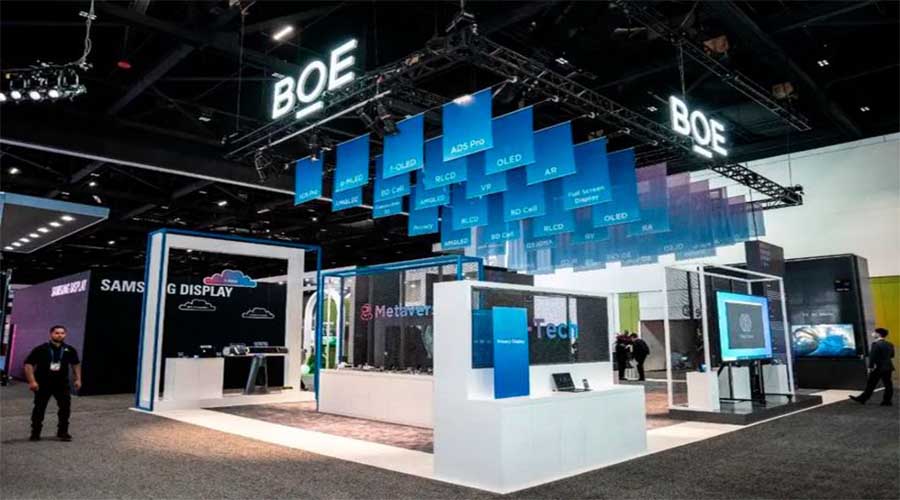
How Leading OLED Display Manufacturer Companies Are Driving Innovation
Top OLED display manufacturer brands are investing heavily in R&D to push the boundaries of what OLED can do. From ultra-thin panels to transparent displays, innovation is accelerating.
Investment Analysis: ROI of High Quality OLED Displays vs Traditional Technologies
While high quality OLED displays may cost more upfront, their long-term benefits often justify the investment. This section compares the return on investment for OLED versus traditional display technologies.
Emerging Markets for OLED Display and Their Global Impact
From smart homes to automotive interfaces, OLED displays are finding new applications around the world. We’ll explore which markets are driving growth and why.
Conclusion – Why OLED Is the Display Technology of the Future
OLED is more than just a display technology — it’s a gateway to the future of visual interaction. With its superior image quality, design flexibility, and energy efficiency, OLED screen technology is poised to dominate the next generation of digital displays.
Whether you’re a consumer, a designer, or a manufacturer, understanding the power of OLED technology is essential in today’s fast-evolving tech landscape.
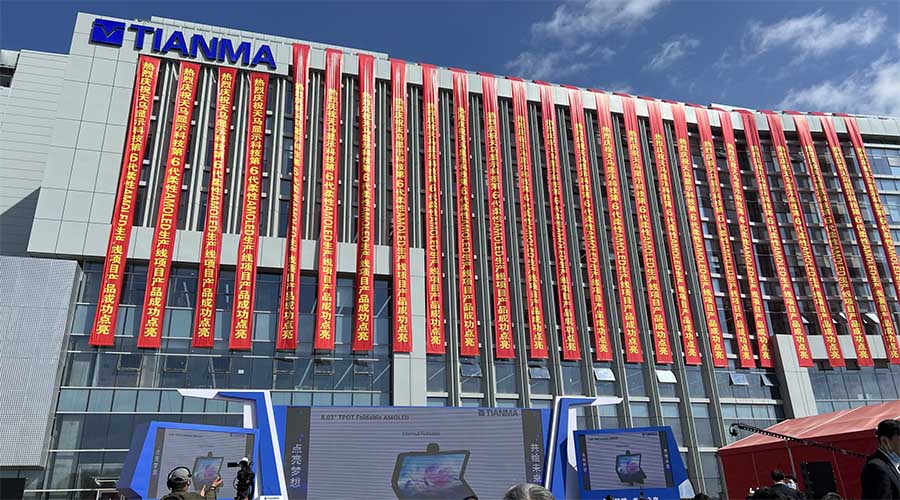
Summarizing the Benefits of OLED Technology and Its Competitive Edge
OLED offers unmatched contrast, thinner form factors, and better energy efficiency than LCD. As more OLED display manufacturer companies scale production, OLED is becoming more accessible across industries.
Final Thoughts on Choosing the Best OLED Display Solutions for Your Product
If you’re developing a product that requires a high-performance display, consider custom OLED screens or high quality OLED displays as your go-to solution. The future of display technology is here — and it’s OLED.
Latest articles
-
TFT and OLED Display Technologies: A Comprehensive Guide
TFT and OLED Display Technologies: A Comprehensive Guide<!-- Schema Markup -->[xss_clean]{ "@cont
-
Custom OLED Display Solutions: The Ultimate Guide for Designers and Engineers
Discover the ultimate guide to custom OLED display solutions. Learn how to select, customize, and in
-
Display Technologies: A Deep Dive into LCD, OLED, and MicroLED
Dive into the comprehensive exploration of LCD, OLED, and MicroLED display technologies. Understand
-
OLED Technology 2025: Ultimate Guide, Price Analysis, and Future Trends
Comprehensive Analysis of OLED Technology in 2025: Advantages, Pricing, and Future Trends
-
Comprehensive Guide to OLED Display: Technology, Advantages, Applications & Buying Guide
Explore Brownopto’s high-quality OLED displays with ultra-high contrast, energy efficiency, and flex
Recommended products
-
1.93" OLED Panel I2C 368x448 Industrial-Grade Panel
Shenzhen Brownopto Technology’s 1.93-inch AMOLED module (Model BR193103-A1) features a core advantag
-
5.48" AMOLED Display Module - 1080x1920 I2C, MIPI DSI, Industrial
Product Specifications: BRO548001AResolution: 1080x1920Operating Voltage Range: 2.8VScreen Size: 5.4
-
3.92" OLED Screen I2C Interface 1080 × 1240 Resolution
Product Specifications: BRO392001AResolution: 1080x1024Operating Voltage Range: 28VScreen Size: 3.92
-
6.01" Display OLED screen | High Definition 1080x2160 | MIPI Interface
Product Specifications: BRO601001ADisplayMode: AMOLED Screen Size (inch): 6.01 Resolution: 1080x2
-
2.06-inch OLED Display | 410×502 Resolution | 600 Nits | SPI Screen
The 2.06-inch AMOLED display module is designed specifically for harsh industrial environments, feat
-
4.39" OLED display module I2C Interface 568×1210 Resolution
The 4.39-inch AMOLED display module (model BR439102-A1) introduced by (Shenzhen Brownopto Technology

